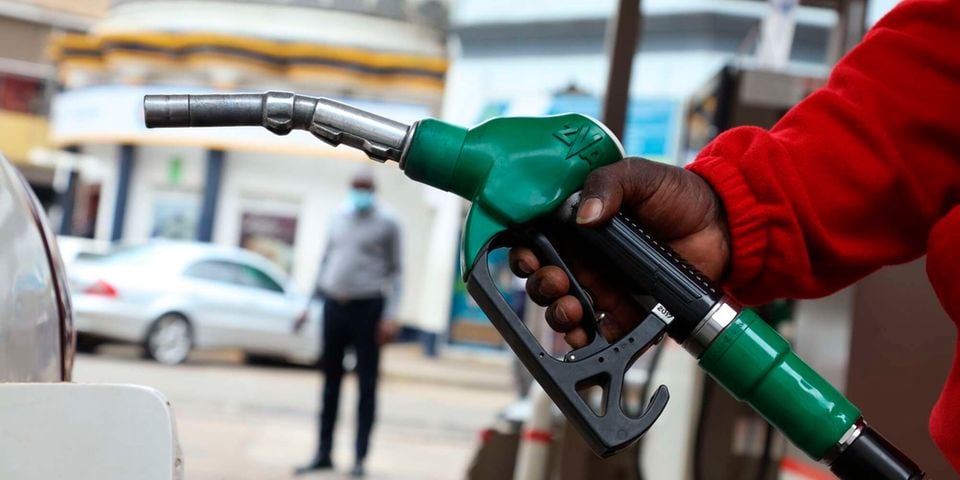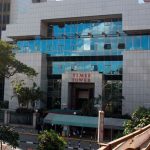Kenya is expected to reveal the changes in the current fuel pricing formula before the end of this month in changes that could have implications on what consumers pay.
The ongoing review, which is partly pushed by the International Monetary Fund (IMF), is being done on the grounds that the current pricing regime has failed to reflect the prevailing market conditions.
The IMF in its review of conditions set for an extended credit facility to the government, disclosed that a task force had been set up to review the formula.
“While the review of the pricing mechanisms has started, the delays in establishing the task force have impacted the timeline for review of fuel price mechanisms,” IMF said in a recent report.
“The findings of the task force are now expected to be publicly communicated by the end of August 2023.”
The Bretton Woods institution remains guarded on whether this review could potentially mean scrapping of the pricing controls.
The Energy and Petroleum Regulatory Authority (Epra) uses a formula that takes into consideration nine taxes and levies, insurance, freight and distribution costs incurred by the oil marketers in setting the monthly maximum retail prices.
Kenya has since 2010 been setting maximum retail prices for fuel, a move that was prompted by the need to protect consumers from cartels who manipulate prices in addition to guarding against the supply of sub-standard products with low prices.

There have been questions on whether the control of fuel prices has had the desired impact, amid concerns that it does not reflect the prevailing prices globally.
The energy regulator says that the review is only limited to the pricing formula but did not disclose the components targeted in a review meant to mirror “prevailing market conditions”.
“The task force is to look at initiatives to avoid going back to subsidies and improve on the pricing formula to reflect market dynamics,” said a top government official in the energy sector, who declined to be named.
Kenya introduced a fuel subsidy in April 2021 in the wake of a global rally that pushed crude prices past the $100 per barrel mark.
But the scheme choked the Exchequer with the IMF instrumental in pushing for its discontinuation in May this year.
Oil marketers pocketed Sh124.07 billion under the subsidy meant to cushion consumers against high pump prices but the Treasury is yet to pay a balance of Sh45.8 billion against the background of struggles occasioned by ballooning debts servicing obligations mainly to China.
The balance has since been converted to a three-year bond.
The IMF has in the past successfully pushed for the scrapping of caps on interest rates of bank loans, pointing to the huge influence of the institution on the policy direction of the government of the day.
The IMF in 2019 successfully pushed for repealing the commercial lending cap as a condition for Kenya to be granted an extension to a credit facility.
Kenya had capped interest rates of bank loans at no more than four percentage points over the base rate set by the Central Bank of Kenya three years earlier.
But the then Uhuru Kenyatta-led administration succumbed to pressure from the IMF, highlighting the massive influence of one of Kenya’s biggest lenders.
Removal of price caps on fuel will see Kenya join neighbouring Uganda in letting demand and supply determine the prices.



